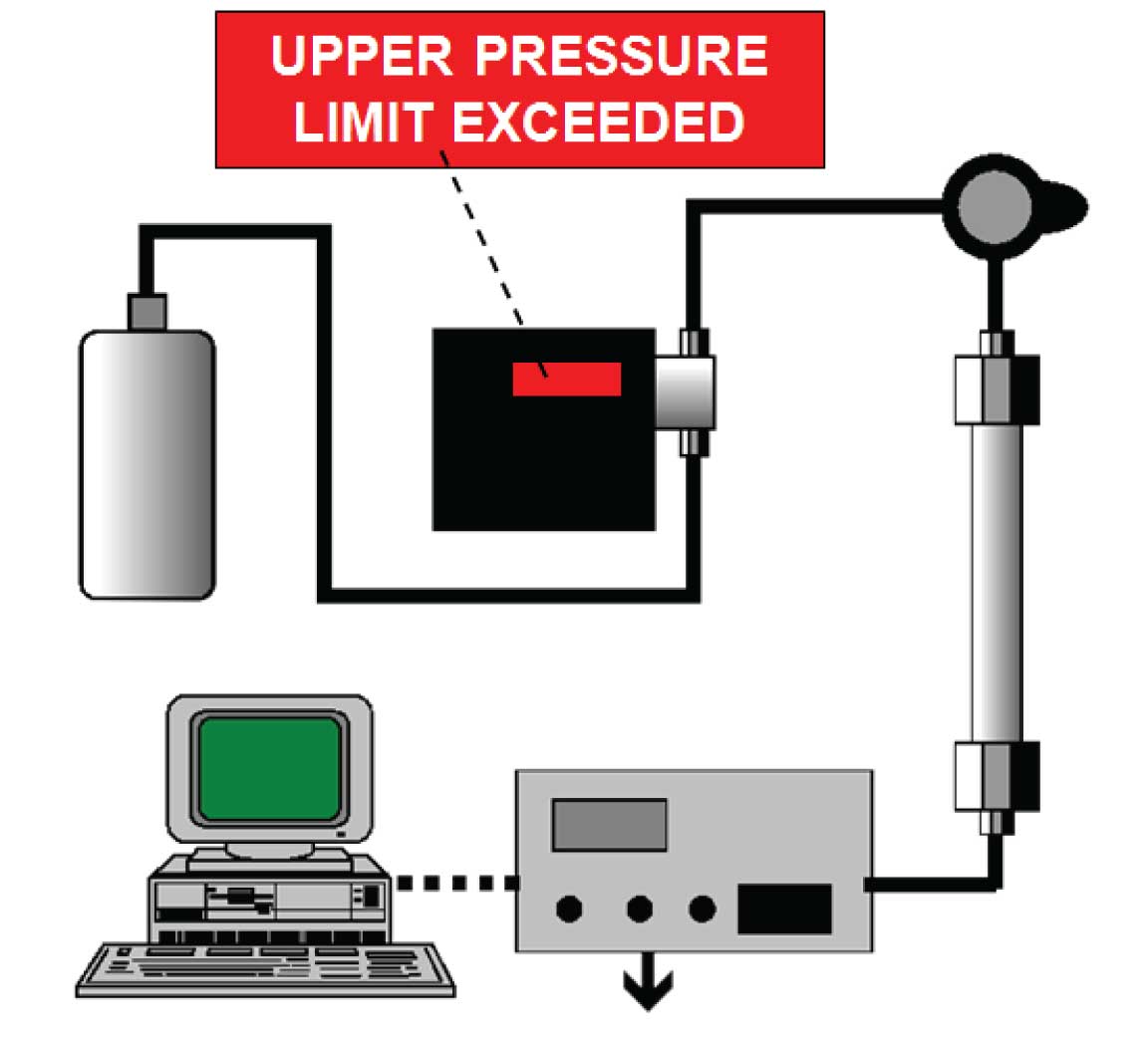A reader reported a problem blockage of a column packed with one of the newer shell-type packings. The mobile phase A comprises a mixture of 0.1 M KH2PO4, 0.05% triethylamine (TEA), and 150 mg/L EDTA adjusted to pH 7.5 with NaOH. The B-solvent is a mixture of acetonitrile (ACN) and methanol (MeOH). A gradient of 5-60% B is run over one hour, then the column is flushed with 5% B. When he switched from 60% B to 5% B, the column became blocked. Continued attempts at flushing or back-flushing didn’t help. He asked what can be done to rescue the column and to avoid the problem in the future.
Method Troubleshooting for Blocked Columns
Diagnosing a blocked HPLC column often begins with a review of the mobile phase composition and method. The composition of mobile phase A waves a big red flag in my face – something is wrong. First, look at the concentration of phosphate, 0.1 M. One article (1) examined the solubility of buffers in organic-buffer mixtures. For phosphate, precipitation occurred at 10 mM phosphate when combined with 80% ACN. I don’t know the critical concentration where 0.1 M phosphate will precipitate with ACN, but it will be much lower. With today’s columns, there rarely is any need to use more than ≈25 mM phosphate, and less usually is satisfactory.
The second aspect of the mobile phase that catches my attention is the presence of TEA. We used to add TEA to nearly every mobile phase to help suppress peak tailing, but this was 15-20 years ago with the older, low-purity, type-A silica columns. The column he mentioned is a new, high-purity, type-B column, which has been engineered to minimize peak tailing. Today’s methods rarely use TEA, because it isn’t needed. Similarly, the presence of EDTA suggests some of the tricks that used to be required to reduce unwanted interactions between sample components and the column.
All these observations suggest to me that this method is suffering from what I refer to as “genetic drift.” This is where a method from the past is gradually modified to fit a new need and eventually has a little of everything in it, but no one knows why. This approach certainly violates the KISS principle – Keep It Simple, Stupid – the more stuff that’s in the mobile phase, the more possibilities for error exist.

Practical Adjustments to Prevent Clogged HPLC Columns
My response is not related to how to rescue the column – it may not be retrievable. Instead, I suggest that the mobile phase be adjusted to a more realistic mixture. First, start with a lower concentration of phosphate buffer at pH 7.5; I’d suggest starting at 15 mM. If this works, stop there. Add TEA only if severe tailing is observed and cannot be fixed by changing the mobile phase pH. The same goes for the addition of EDTA. I expect when the concentrations of the phosphate is reduced, the column blockage problem will go away and that TEA and EDTA will not be needed. Column blockage is likely caused by precipitation of the buffer portion of the mobile phase when a sudden change in organic solvent is encountered.
Reference
(1) A.P. Shellinger and P.W. Carr, LCGC, 22 (2004) 544-548.
This blog article series is produced in collaboration with John Dolan, best known as one of the world’s foremost HPLC troubleshooting authorities. He is also known for his research with Lloyd Snyder, which resulted in more than 100 technical publications and three books.




